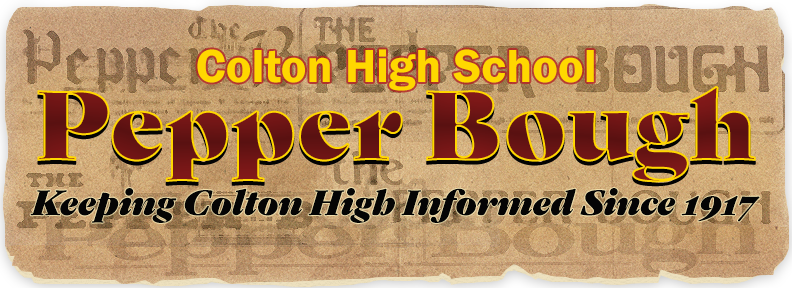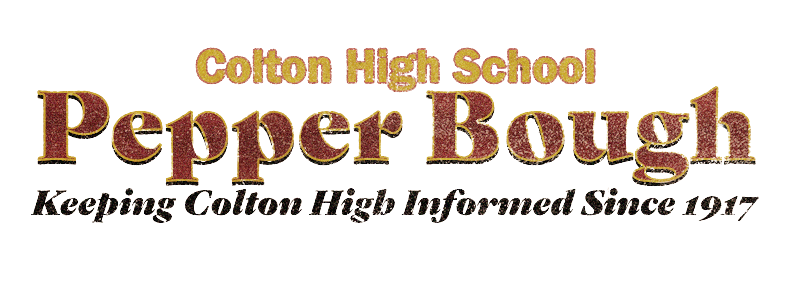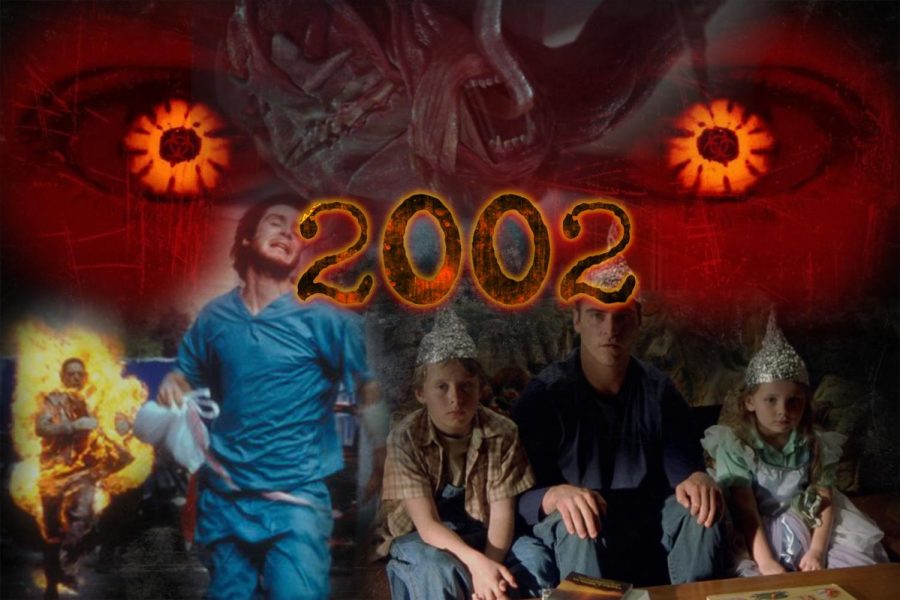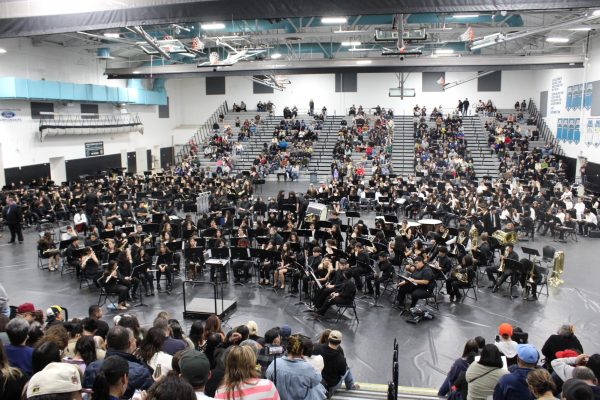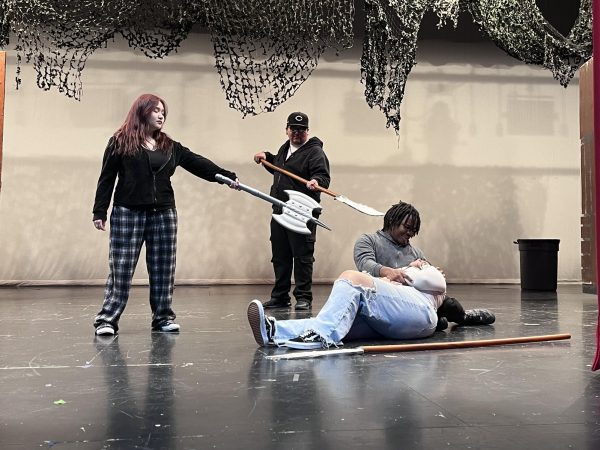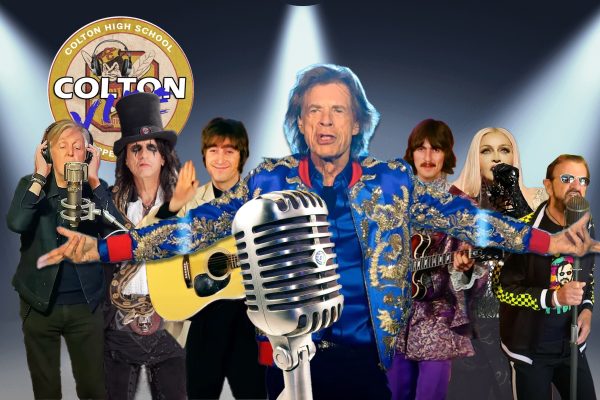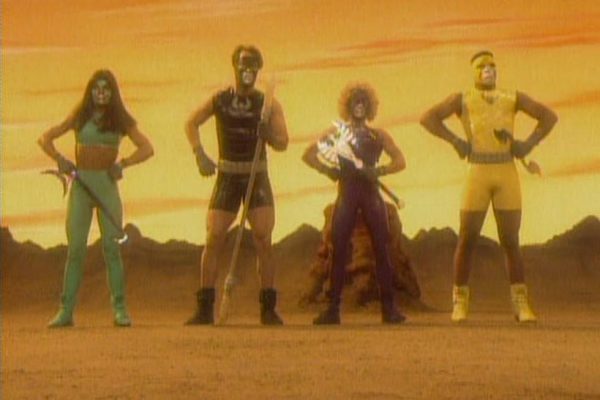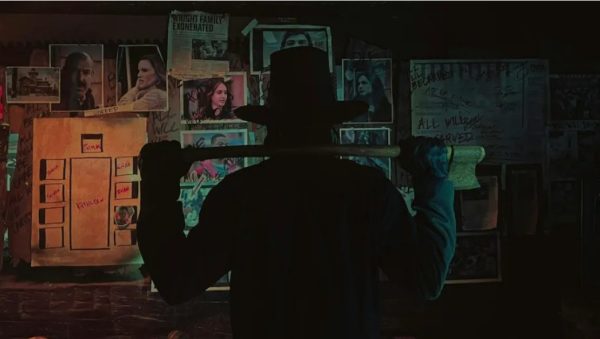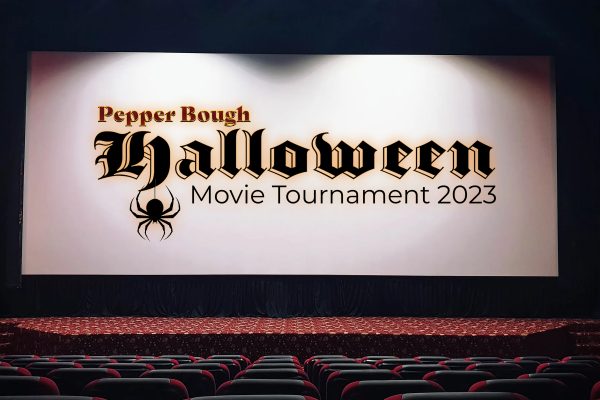The Best Years of Horror: 2002
Horde invasions and conspiracy theories dominate the genre in one of the great years of horror filmmaking
In 2002, horror movies turned bleak and infected, with zombie outbreaks, science gone wrong, and conspiracy theories. Featured here are “28 Days Later,” “Resident Evil,” and “Signs.”
In 2002 horror came back home. With a focus on outside forces invading the home this era of horror made us all afraid yet excited to turn on the television. Many 2000’s horror had a washed out look with low saturation making everyone look sickly and sets look either too clean or infectiously dirty. This also began the zombie craze.
2002 turned out to be revitalization of “horde horror” with many outside forces versus the few.
Resident Evil (2002, dir. Paul W.S. Anderson)
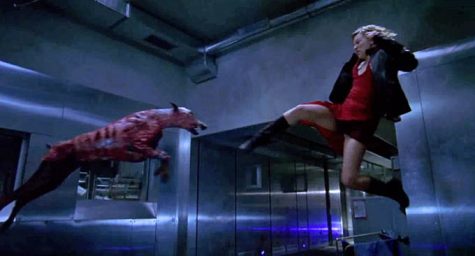
The “Resident Evil” film franchise is based on the critically acclaimed video game franchise by Capcom of the same name. “Resident Evil” brings back and redefines the final girl with Alice (Milla Jovovich), an amnesiac soldier.
The movie starts with a quick cut montage of a one-man heist to steal a mysterious blue and green vial from a high-tech lab. As he leaves, he breaks one of the spare blue vials, setting off the security system, which in turn kills everyone in the facility except our mystery thief.
Originally this movie was going to be a prequel movie to the video game franchise called “Resident Evil: Ground Zero,” but was suddenly changed and script altered due to the 9/11 attacks. The film rights were originally bought in 1997 by German production studio Constantin Film and after countless drafts and three writers, “Resident Evil” finally made it out of production hell.
It explored the American fears of the time of outside influences invading the home, with the discovery that the mansion Alice lives in is really the entrance to a lab of the infamous Umbrella company as they produce zombies that break out and threaten not just Alice but also the metropolis of Raccoon City mere miles from the mansion.
The movie combined two subcultures, video games and horrors, and broke its way into the mainstream. “Resident Evil” is associated with horror becoming a household name with horror fans of the internet age.
“Resident Evil” is currently streaming on Netflix.
Signs (2002, dir. M. Night. Shyamalan)
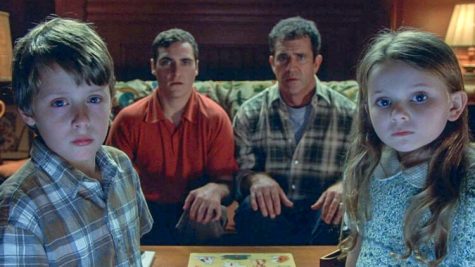
Night Shyamalan was a star director in the early 2000’s. Known as the ‘King of Twists,’ he could do no wrong. A true triple threat, Shyamalan wrote, directed, and even cast himself in his own films.
His last major critical and audience loved movie was “Signs.” “Signs” centers around the Hess family as the world and their farm is invaded by water intolerant aliens. It stars Mel Gibson as ex-priest Graham, Joaquin Phoenix as Graham’s brother Merrill, Rory Culkin as Graham’s son, and Abigail Breslin as Graham’s daughter. “Signs” was a box office hit, grossing over 60 million.
Excelling at inciting fears of the unknown with the threats both on TV as well as right outside your door, “Signs” is one of Shyamalan’s most resonant movies. Many times throughout the film, Shyamalan masterfully takes extended shots of the corn field on the Hess farm, leaving us uncertain if the camouflaged invaders are staring back.
“Signs” is currently available for rent on Apple TV, Vudu, and YouTube.
28 Days Later (2002, dir. Danny Boyle)

Directly influenced by George Romero’s “Night of the Living Dead” (1968) and “Dawn of the Dead” (1978), “28 Days Later” is the most haunting movie of 2002.
Chock full of sweeping cinematography of empty London streets and the English countryside, this one takes place in the days after an infectious disease has ravaged civilization, leaving the world quiet and eerily empty. Except for the fast, screaming zombies lurking in the shadows. We go with Jim (Cillian Murphy) as he tries to find any other survivors after waking from a coma in the middle of this apocalypse.
“28 Days Later” was shot quick and clean as the crew had to close off sections of downtown London to get most of its early scenes, choosing clever angles and early hours to shoot. Parts of the film were shot on a Canon XL1 DV camera for its easy set up and versatility, which while sacrificing some of the film’s visual quality, added a haunting grainy texture.
“28 Days Later” was a box office hit both domestically and internationally, taking in over $85 million worldwide. A critical success when released, at the time of writing this writing, Rotten Tomatoes holds the film at 87% with critics, and 85% with audiences.
Redefining the zombie subgenre, “28 Days Later” brought the zombie into the fast-paced modern era, obliterating the bland image of slow-moving zombies with a high-speed nightmare. It also added the most relevance to the zombie movie since Romero’s “Dawn of the Dead,” by making its undead a metaphor for our modern world’s reliance on government systems, whether they be scientific, religious, or military-industrial.
2002 is often remembered as an age of fast food horror with “Halloween: Resurrection,” American J-Horror remakes like “The Grudge,” and goofy Internet stuff like “fear dot com,” but within its depths you can find some truly horrifying gems that will feed on your screams while ripping out your heart along the way.
“28 Days Later” is currently streaming on HBO Max.
Recently, the CHS Publications Department experienced a major theft as over $20,000 in photography equipment was stolen from our studio over Spring Break. This included all cameras. Any amount you donate will help rebuild our program. Thank you!


